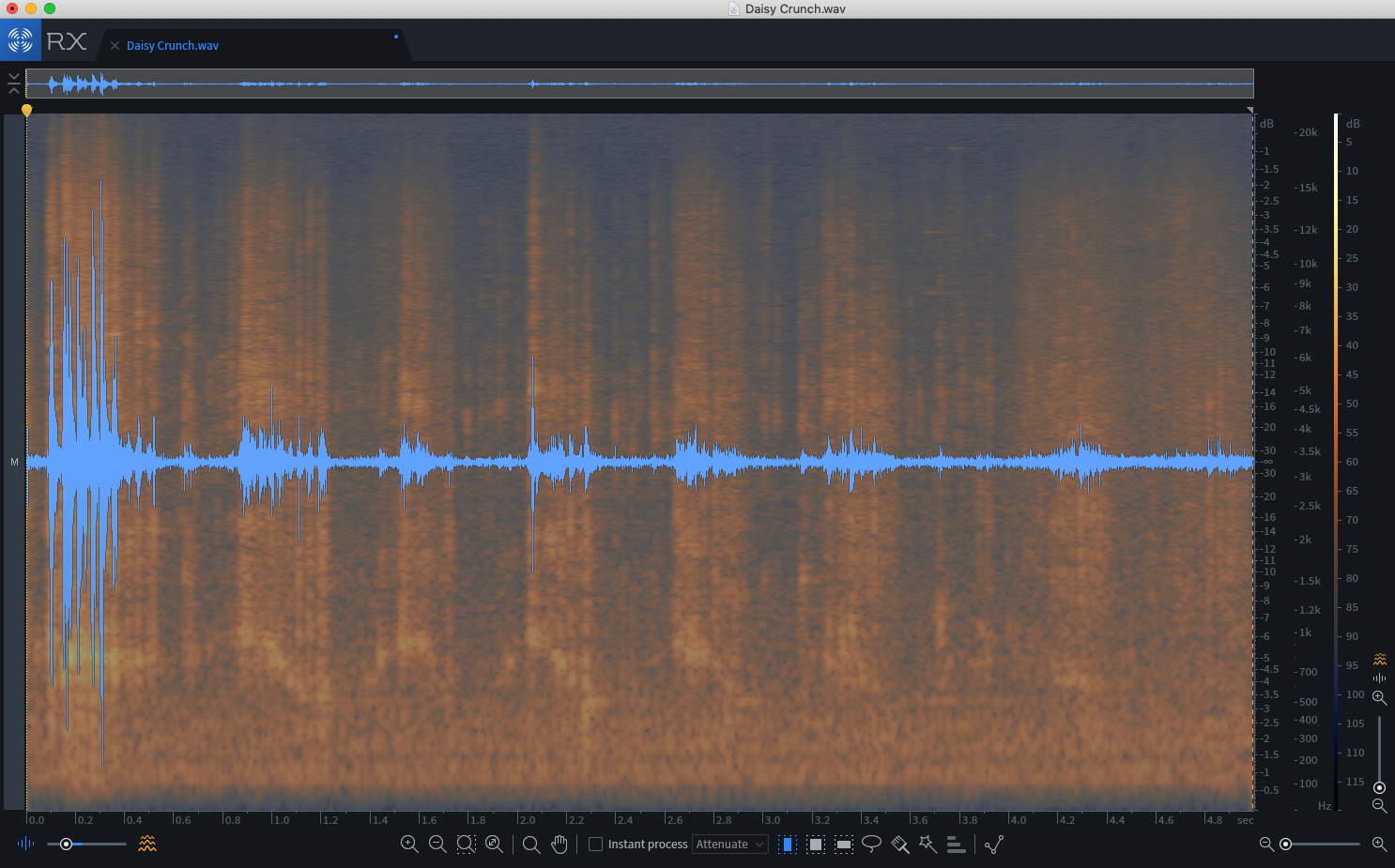I'm obsessed with the podcast, 20,000Hz, which focuses on nothing but sound.
I recently listened to an episode which dealt with how the automobile industry uses sound in some exciting ways to facilitate the perception of a vehicle.
Imagine you're purchasing a vehicle. All of those initial touchpoints play an essential role in your decision to buy that vehicle. One of your first experiences with a potential purchase is to sit in the driver's seat, close the door and take a test-drive. At that very moment, audio branding comes into play.
Gaskets on the door determine whether the door closes with a satisfying "thunk" or a displeasing "crack." Of course, the more expensive the vehicle, the more "thunky" the gasket. It's not necessarily reflective of the quality of the door, but it is everything to do with the perception of a quality experience.
I found it particularly interesting that the advances in car build-quality can harm how we perceive the brand of a vehicle. These days vehicles are incredibly insulated to reduce road and engine noise to give us a quiet and comfortable ride. However, for powerful vehicles that might unfavorably alter our perception of that brand. Would you feel like you were in a high-powered muscle car if you couldn't hear or feel it?
Engineers have to go to severe lengths to re-introduce engine noise back into vehicle cabins. Seriously - they have to re-inject the car with the sound that they've tried so hard to eliminate! But here's the wild part - the engine noise isn't just piped back into the vehicle. The noise is edited - a product of an audio engineer who has simulated and synthesized the perfect sounding, butt-rumbling V8 without any nasty artifacts or unsoundly (wait, spellcheck, that's a word?) noises. But that's audio branding. Is a muscle car a muscle car if there is nobody around to hear it?
Ultimately, just like anything else, the more you pay, the higher the perceived return. The more expensive the vehicle, the nicer everything sounds - from the clunk of the door, the ping of the unfastened seat-belt warning to the tick-tock of the blinker. Higher-end cars sound nicer. Period.
As we move toward relatively silent-rolling electric vehicles, how does that impact the unassuming pedestrian? If something is soundlessly creeping along, how do we know to avoid it? The answer might be this: simulate engine noise and project it outwards - so people can hear your quiet car approaching. The practicality of noiseless vehicles certainly is not without its challenges.
If any of this is interesting, I urge you to check out the 20,000hz podcast: 60 plus episodes, 20 mins each, 100% fascinating.
If you're interested in the role sound plays in accessibility, user experience, and interface feedback then shoot us an email or give us a call - we're long-standing measurers of user experience and interface design.
Posted by EvolveKev

Kevin is all about research. Qualitative, quantitative, UX, you name it. When he's not researching, he's to be found laying down beats in his studio and hanging out with his dogs (and girlfriend). Woof.



